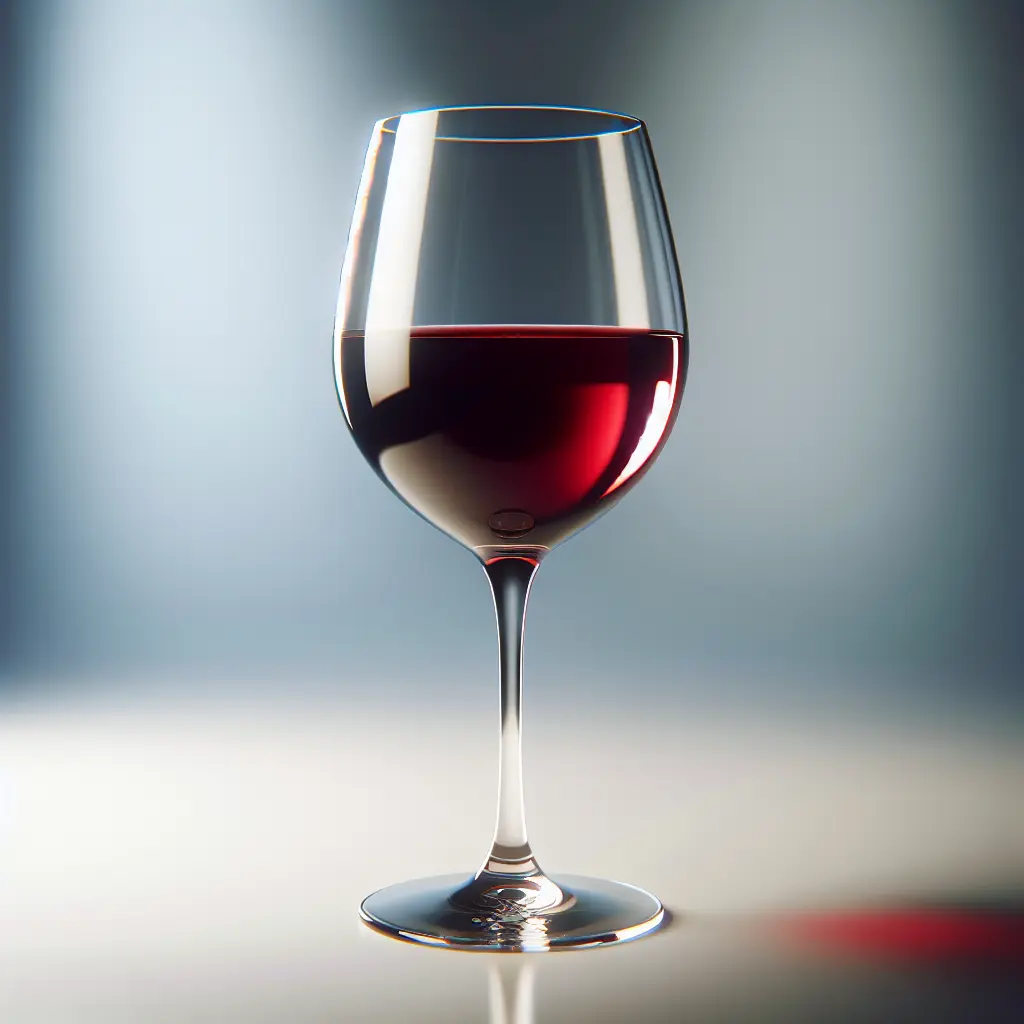The History of Wine: A Timeless Elixir
Wine's origins can be traced back to ancient civilizations. Archaeological evidence suggests that winemaking began in the Middle East around 6,000 B.C.E. Over the centuries, the art of winemaking spread throughout Europe, Asia, and eventually to the Americas. Wine played a significant role in religious rituals, social gatherings, and even medicine in ancient societies.
The Science of Wine: Unraveling Its Composition
Wine is predominantly composed of water, alcohol, and a complex array of compounds that contribute to its unique flavors and aromas. The type of grapes used, the fermentation process, and the aging techniques all influence the final characteristics of the wine.
-
Grapes: Wine grapes, known as Vitis vinifera, are specially cultivated varieties that possess the ideal balance of sugars, acids, and tannins for winemaking. Different grape varieties impart distinct flavors and aromas to the finished wine.
-
Fermentation: The transformation of grape juice into wine occurs through fermentation. Yeast, a microscopic fungus, consumes the sugars in the grape juice and converts them into alcohol and carbon dioxide. The type of yeast used, as well as the temperature and duration of fermentation, can significantly impact the wine's flavor profile.
-
Aging: After fermentation, wine is often aged in barrels or tanks to develop its full complexity. During aging, the wine undergoes various chemical reactions that contribute to its color, aroma, and taste. The type of wood used for barrels, the length of aging, and the storage conditions all influence the final characteristics of the aged wine.
The Health Benefits of Wine: A Sip of Longevity
Recent research has shed light on the potential health benefits associated with moderate wine consumption. Studies suggest that wine contains antioxidants, such as polyphenols, which may protect against heart disease, stroke, and certain types of cancer. Additionally, wine has been linked to improved cognitive function, reduced inflammation, and better sleep quality.
It is important to note that the health benefits of wine are primarily associated with moderate consumption. Excessive alcohol intake can have negative health consequences, including liver damage, heart problems, and an increased risk of certain types of cancer.
How many calories are in Wine?
Each 1 glass of Wine contains 122 calories.
Wine Nutritional Information
| Nutrient | Amount per 1 glass (147g) |
|---|---|
| Calories | 122 Calories |
| Protein | 0.1g |
| Fat | 0g |
| Saturated Fat | g |
| Cholesterol | mg |
| Carbohydrates | 3.8g |
| Dietary Fiber | g |
| Sugar | g |
| Sodium | mg |
| Potassium | mg |
| Calcium | mg |
| Iron | mg |
